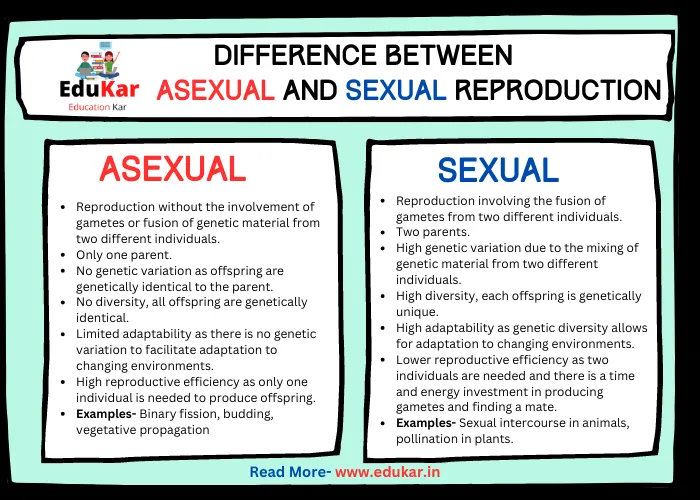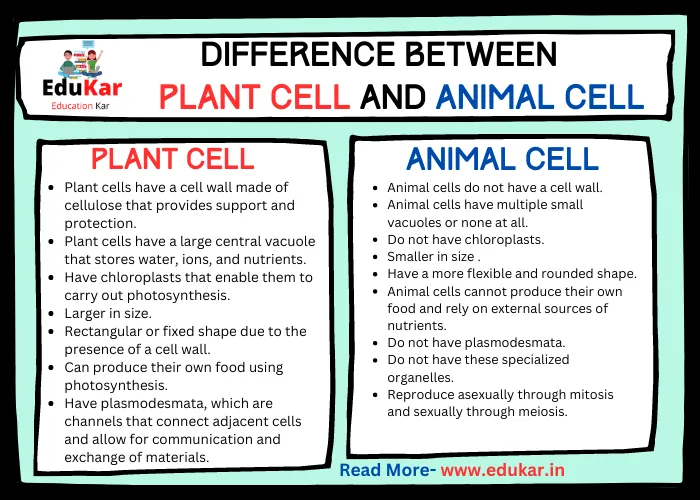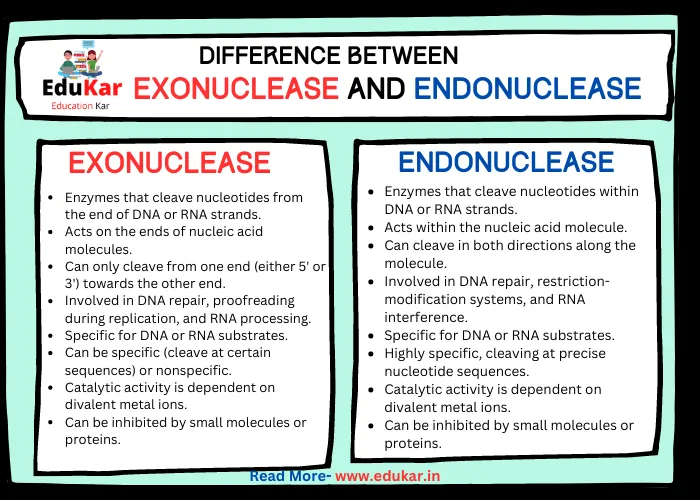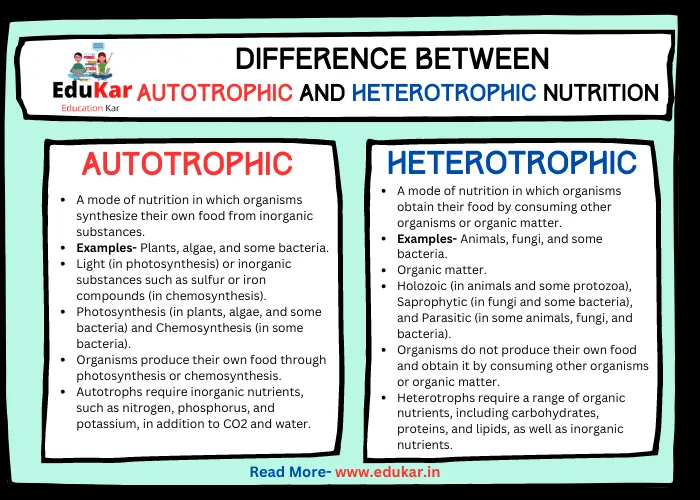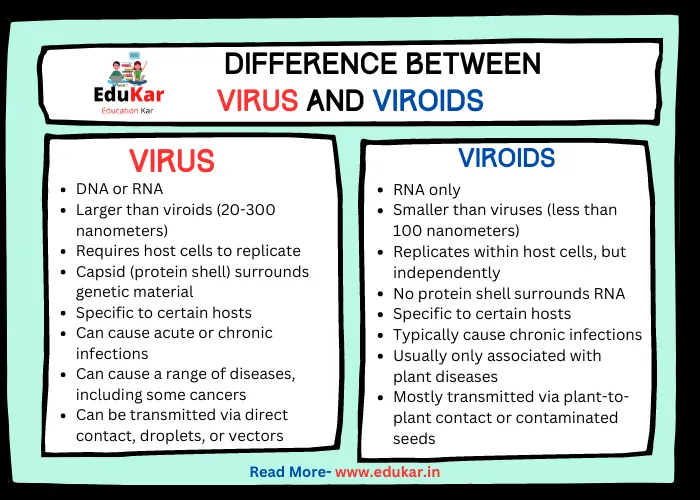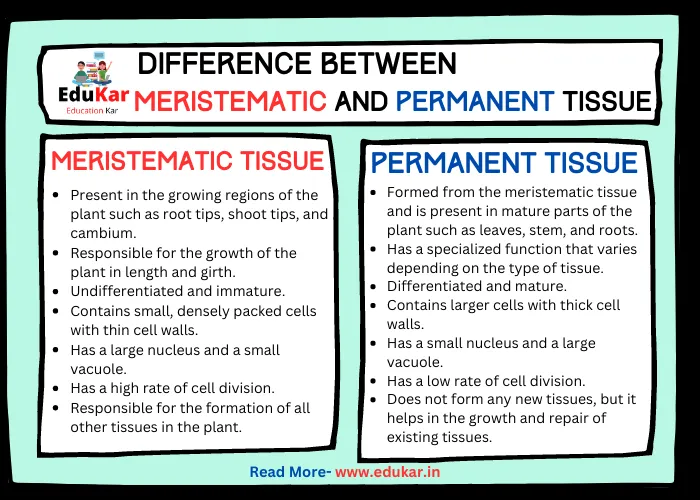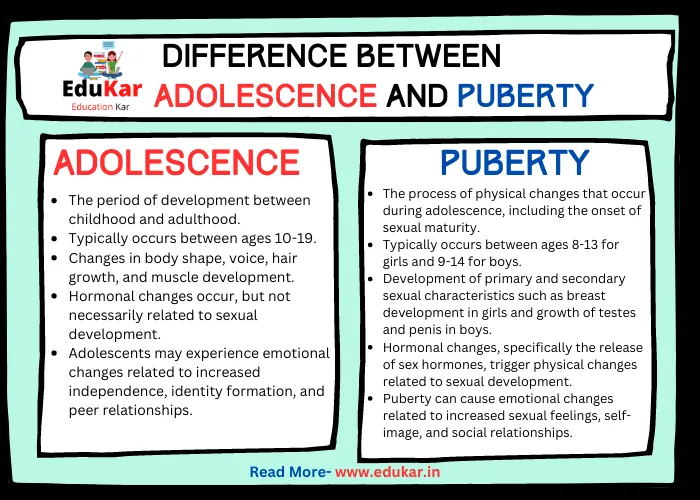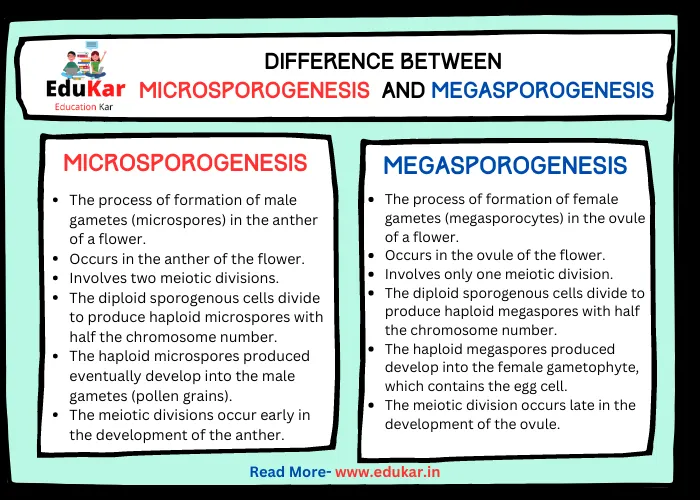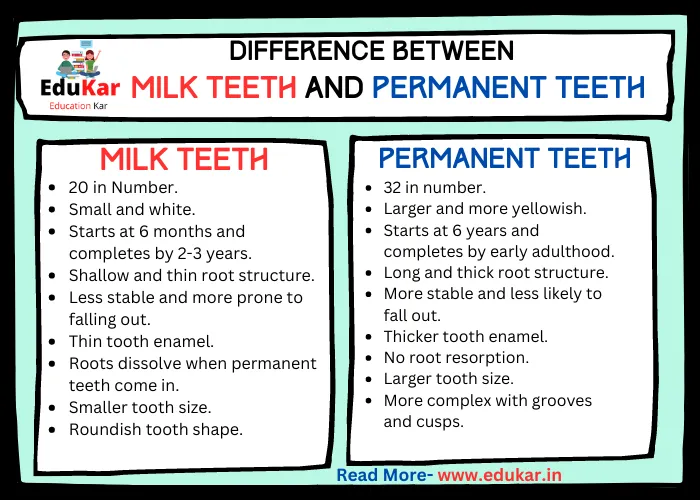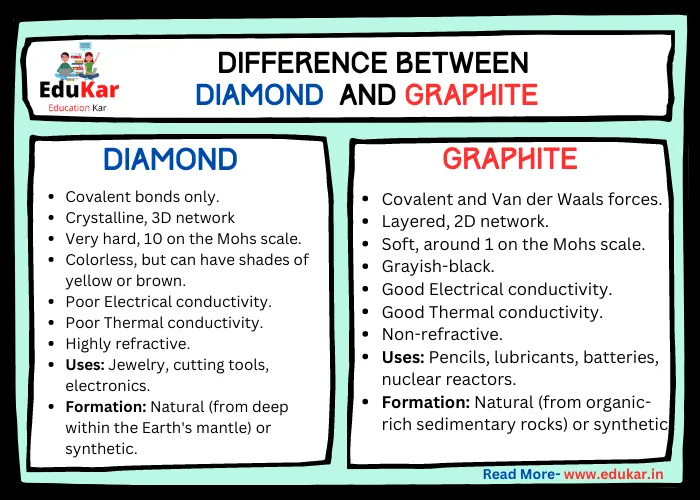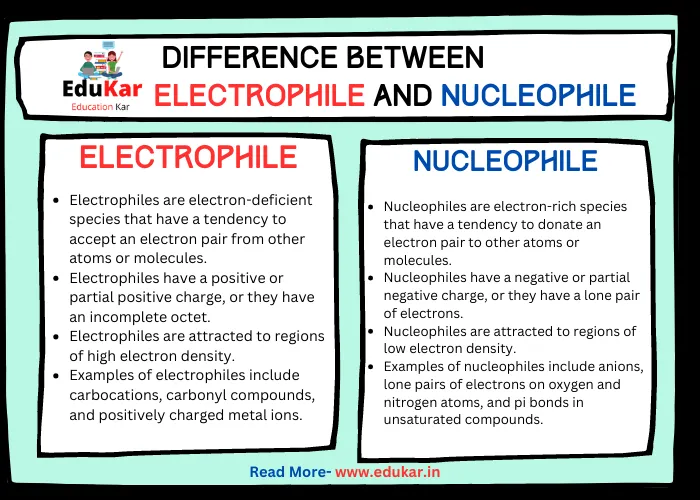Contents
Learn about the fundamental concepts of genetics – dominant and recessive traits. Discover the difference between the two, how they are inherited, the probability of inheriting them, and why it’s important to understand them. Read our blog now to gain insights into genetics and the evolution of species.
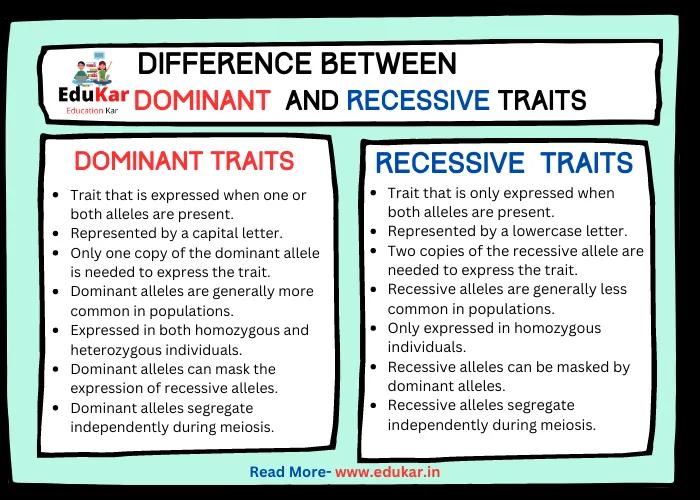
Introduction
Genetics is the branch of biology that studies heredity and the variation of inherited traits in living organisms. The genetic information is passed from one generation to the next through DNA, which is the genetic material present in every cell of an organism. The traits that are inherited from parents can be either dominant or recessive.
Dominant Traits
Dominant traits are those that are expressed in the phenotype of an organism even when only one copy of the allele is present. An allele is a variant form of a gene that determines a particular trait. Dominant alleles are represented by uppercase letters, while recessive alleles are represented by lowercase letters. For example, in humans, the allele for brown eyes is dominant over the allele for blue eyes. If a person has one copy of the brown eyes allele and one copy of the blue eyes allele, their phenotype will be brown eyes, as the brown eyes allele is dominant.
Examples of dominant traits include brown eyes, curly hair, dimples, and widow’s peak. These traits are commonly found in the general population, and they are not linked to any specific health conditions or diseases.
Inheritance pattern of dominant traits
Dominant traits follow a simple inheritance pattern known as autosomal dominant inheritance. This means that the dominant allele is located on one of the 22 pairs of autosomes, which are non-sex chromosomes, and not on the X or Y sex chromosomes. In autosomal dominant inheritance, a person with one copy of the dominant allele will have the trait, and the probability of passing on the trait to their offspring is 50%. If both parents have the dominant allele, their offspring will also have the trait.
Recessive Traits
Recessive traits are those that are only expressed in the phenotype of an organism when two copies of the recessive allele are present. If only one copy of the recessive allele is present, the dominant allele will mask the expression of the recessive allele. For example, in humans, the allele for blue eyes is recessive. If a person has two copies of the blue eyes allele, their phenotype will be blue eyes. However, if they have one copy of the blue eyes allele and one copy of the brown eyes allele, their phenotype will be brown eyes, as the brown eyes allele is dominant.
Examples of recessive traits include blue eyes, straight hair, attached earlobes, and albinism. Recessive traits are less common in the general population, and they are sometimes linked to health conditions or diseases.
Inheritance pattern of recessive traits
Recessive traits follow a simple inheritance pattern known as autosomal recessive inheritance. This means that the recessive allele is located on one of the 22 pairs of autosomes, and not on the X or Y sex chromosomes. In autosomal recessive inheritance, a person must inherit two copies of the recessive allele, one from each parent, to have the trait. If both parents are carriers of the recessive allele, their offspring have a 25% chance of inheriting two copies of the recessive allele, a 50% chance of inheriting one copy of the recessive allele, and a 25% chance of inheriting two copies of the dominant allele.
Differences between Dominant and Recessive Traits
| Trait Type | Dominant | Recessive |
|---|---|---|
| Definition | Trait that is expressed when one or both alleles are present | Trait that is only expressed when both alleles are present |
| Alleles | Represented by a capital letter | Represented by a lowercase letter |
| Inheritance | Only one copy of the dominant allele is needed to express the trait | Two copies of the recessive allele are needed to express the trait |
| Frequency | Dominant alleles are generally more common in populations | Recessive alleles are generally less common in populations |
| Phenotype | Expressed in both homozygous and heterozygous individuals | Only expressed in homozygous individuals |
| Masking | Dominant alleles can mask the expression of recessive alleles | Recessive alleles can be masked by dominant alleles |
| Segregation | Dominant alleles segregate independently during meiosis | Recessive alleles segregate independently during meiosis |
| Pedigree Analysis | Dominant traits show a vertical pattern of inheritance in pedigrees | Recessive traits show a horizontal pattern of inheritance in pedigrees |
| Examples | Brown eyes, attached earlobes, widows peak | Blue eyes, free earlobes, straight hairline |
Importance of understanding dominant and recessive traits in genetics
Understanding dominant and recessive traits is important in genetics for several reasons.
1. It allows us to predict the probability of inheriting a particular trait based on the genetic makeup of the parents. This can be useful in family planning and genetic counseling.
2. Understanding dominant and recessive traits can help us understand the inheritance of genetic disorders. Many genetic disorders are caused by recessive alleles, which means that carriers of the allele may not have the disorder but can pass it on to their offspring. By understanding the inheritance pattern of the disorder, we can predict the probability of passing on the disorder to future generations and develop strategies for prevention and treatment.
3. Understanding dominant and recessive traits can help us understand the evolution of species. The frequency of dominant and recessive traits in a population can change over time due to factors such as mutation, migration, and natural selection. By studying the inheritance and expression of dominant and recessive traits, we can gain insights into the genetic diversity and adaptation of species.
Conclusion
Dominant and recessive traits are fundamental concepts in genetics that determine the expression and inheritance of inherited traits. Dominant traits are expressed even when only one copy of the allele is present, while recessive traits are only expressed when two copies of the allele are present. Dominant traits follow autosomal dominant inheritance, while recessive traits follow autosomal recessive inheritance. Understanding dominant and recessive traits is important in genetics for predicting the probability of inheriting a particular trait, understanding the inheritance of genetic disorders, and studying the evolution of species.
FAQs
What is the difference between dominant and recessive traits?
Dominant traits are traits that are expressed when only one copy of the allele is present, while recessive traits are only expressed when two copies of the allele are present.
How are dominant and recessive traits inherited?
Dominant traits follow autosomal dominant inheritance, while recessive traits follow autosomal recessive inheritance.
What is the probability of inheriting a dominant trait?
The probability of inheriting a dominant trait is 50%, as a person with one copy of the dominant allele will have the trait.
What is the probability of inheriting a recessive trait?
The probability of inheriting a recessive trait is lower, as a person must inherit two copies of the recessive allele to have the trait.
Can carriers of a recessive allele express the trait?
Carriers of a recessive allele may not express the trait but can pass it on to their offspring.


